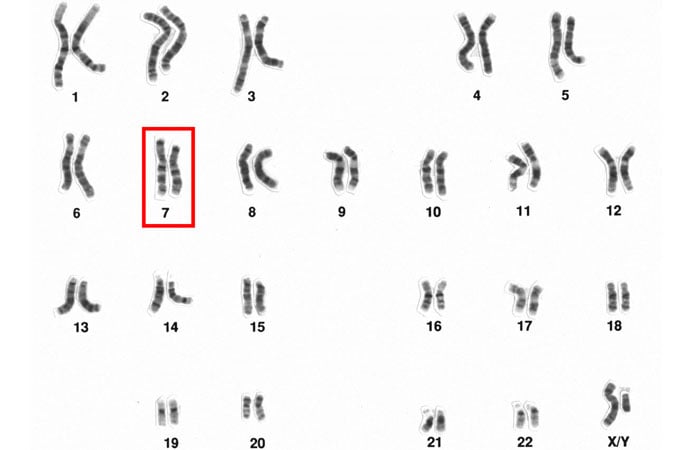Williams syndrome is a genetic condition characterized by many developmental issues. This syndrome is quite rare as it only occurs in approximately 1 in 10,000 people. A genetic link is often present in those with this health issue, but you can also be born with the disorder even without a family history of it. In this article, we will discuss some common causes, symptoms, diagnostic techniques, and treatment options for Williams syndrome.
Causes
The main cause of Williams syndrome is the deletion of genetic elements from chromosome 7. This delete area contains 26 to 28 genes, and studies have shown that a loss of these materials can lead to some typical signs of the condition. Some commonly deleted genes in many cases of Williams syndrome include LINK1, ELN, GTF2I, GTF21RD1, and CLIP2. They play many important roles in body functions. For instance, the loss of ELN is related to cardiovascular disease and connective tissue abnormalities. The depletion of GTF21RD1 can lead to distinctive feature appearances in people with this disorder. NCF1 gene is associated with hypertension. The exact links between other genes in chromosome 7 and common signs of William syndrome are still unclear. [1]










